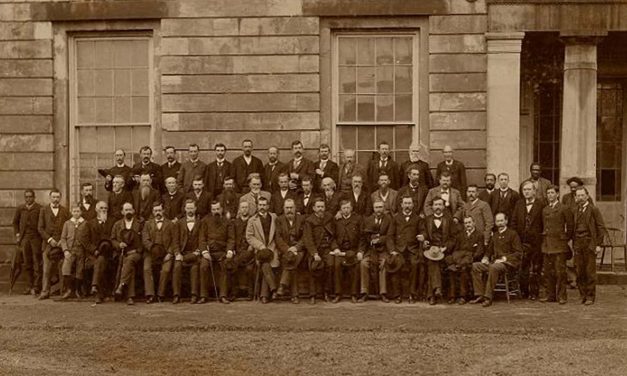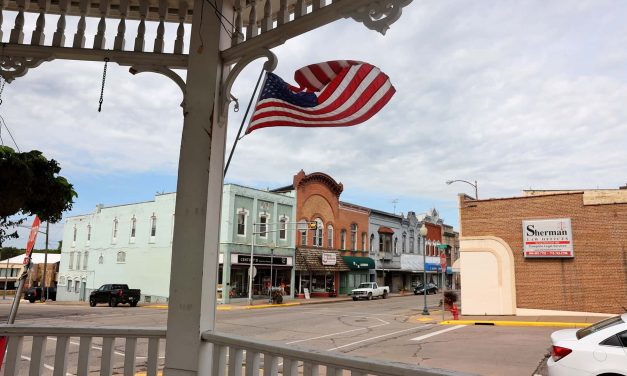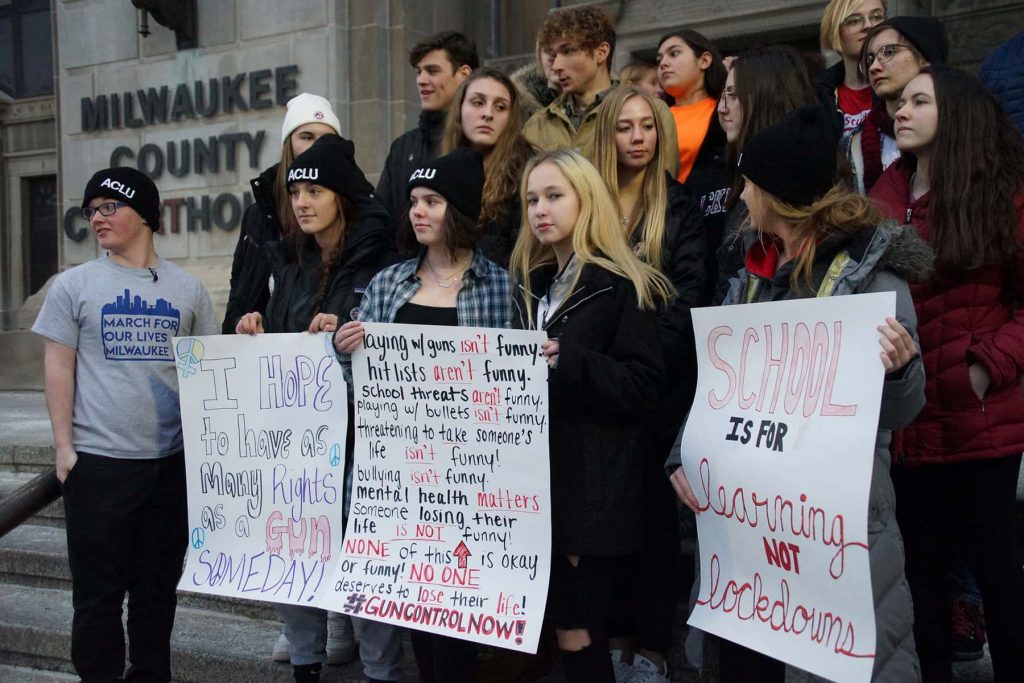Hundreds of Native American heritage sites under threat from rising water levels
By Jayur Mehta and Tara Skipton; Assistant Professor of Anthropology, Florida State University; and Graduate Student in Archaeology, Florida State University Native North Americans first arrived in Florida approximately 14,550 years ago. Evidence for these stone-tool-wielding, megafauna-hunting peoples can be found at the bottom of numerous limestone freshwater sinkholes in Florida’s Panhandle and along the ancient shoreline of the Gulf of Mexico. Specialized archaeologists using scuba gear, remote sensing equipment or submersibles can study underwater sites if they are not deeply buried or destroyed by erosion. This is important because Florida’s archaeological resources face significant threats due to sea...
Read More















